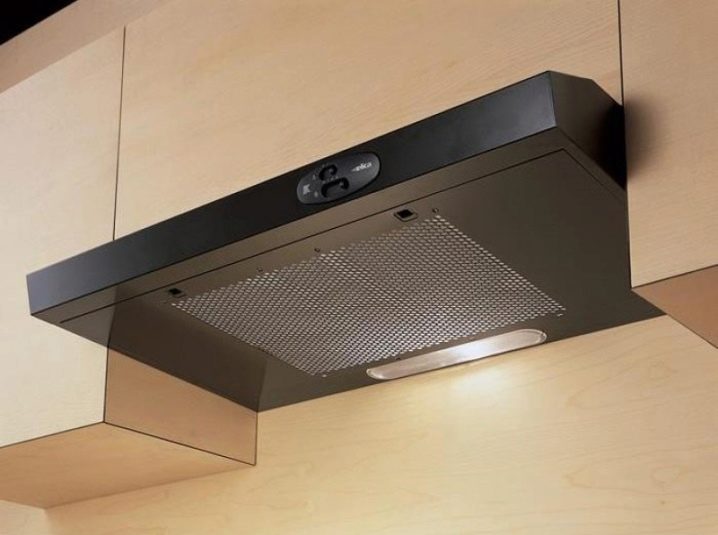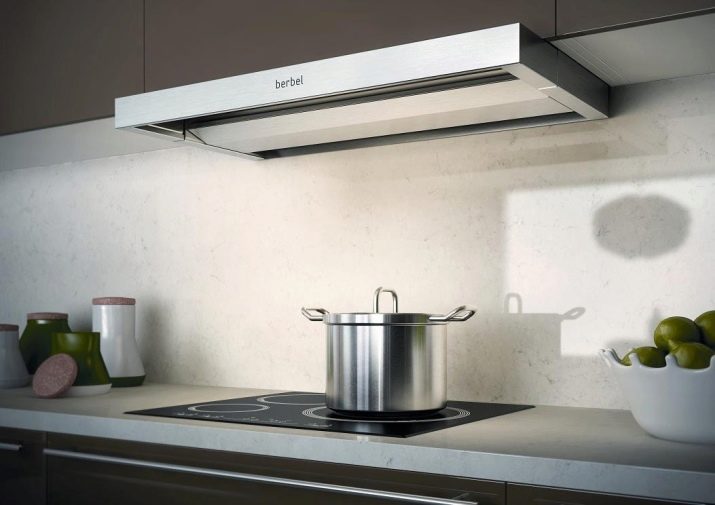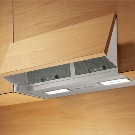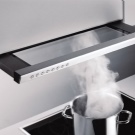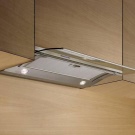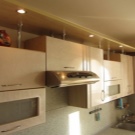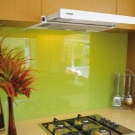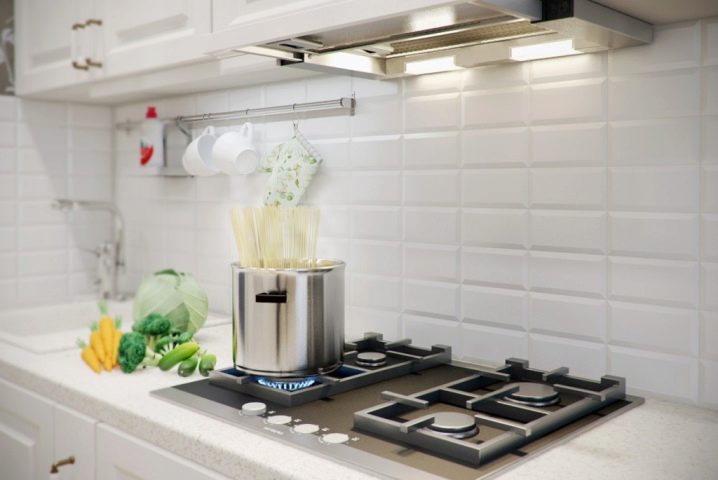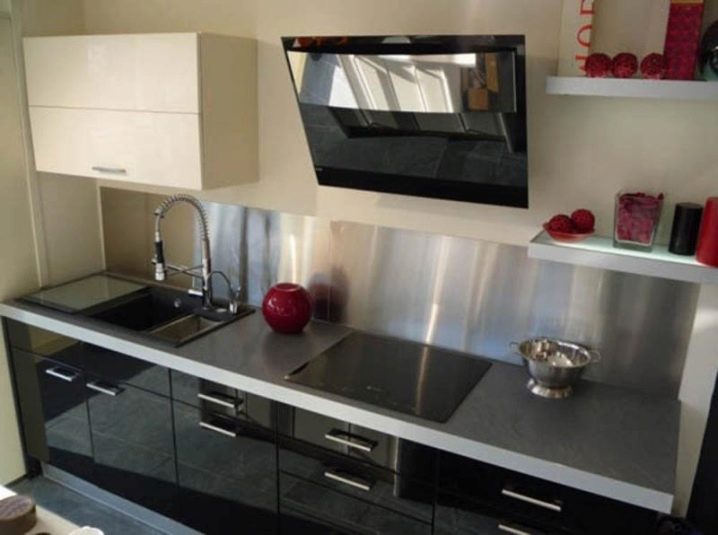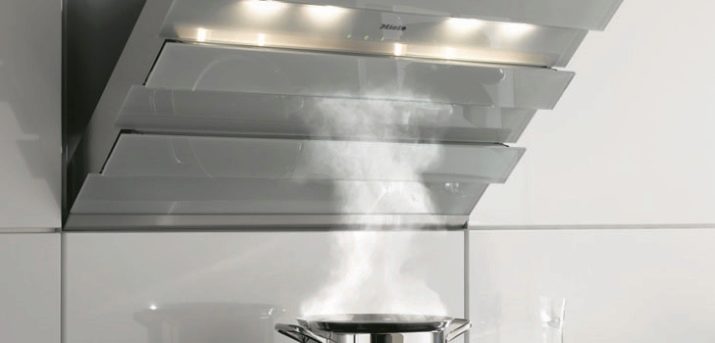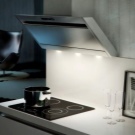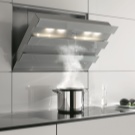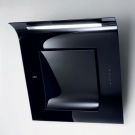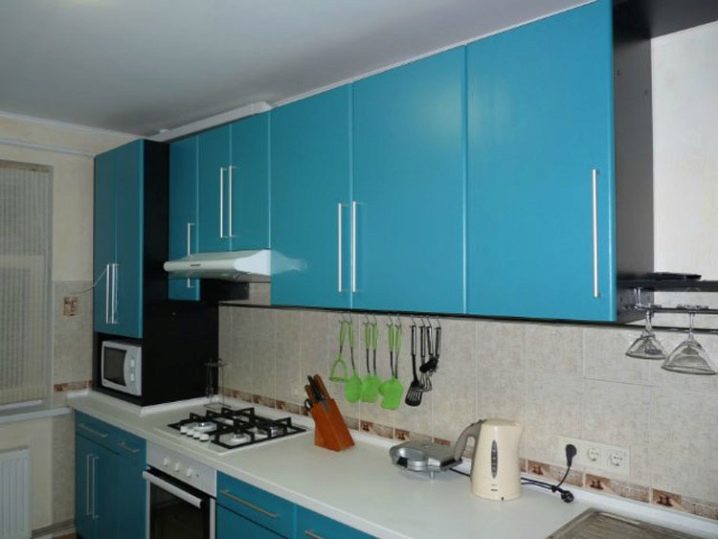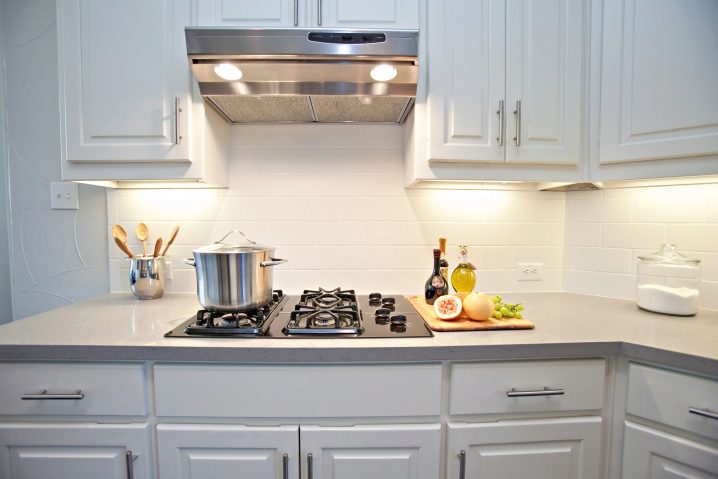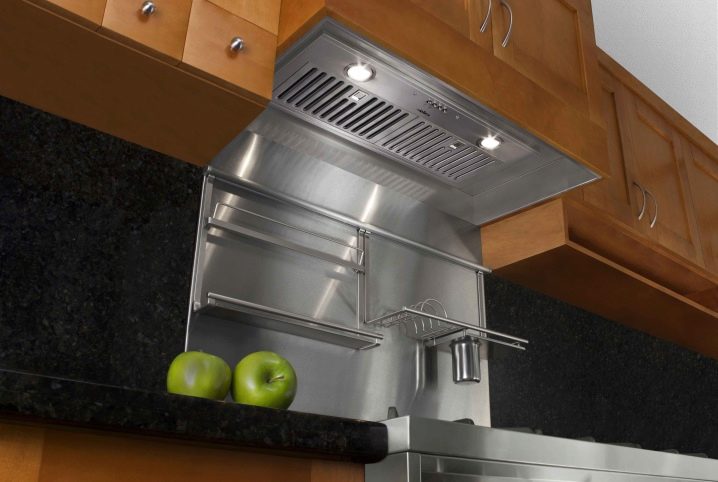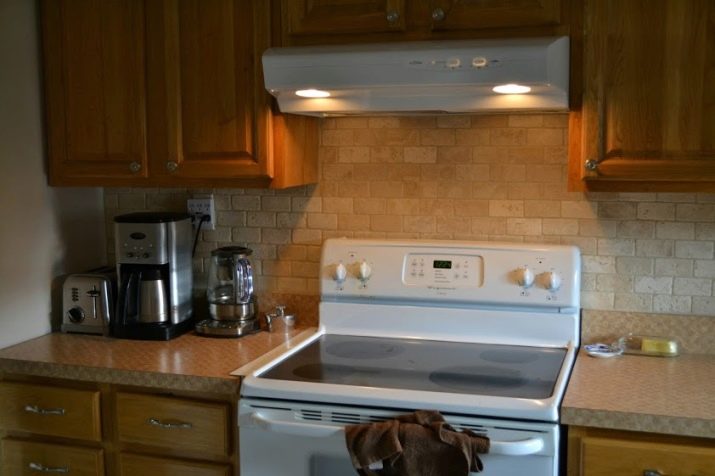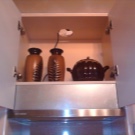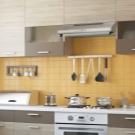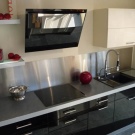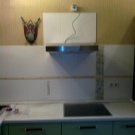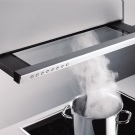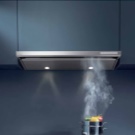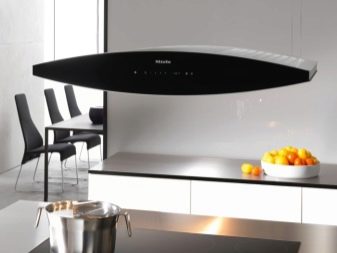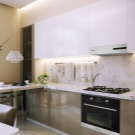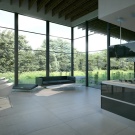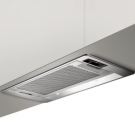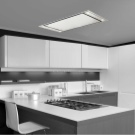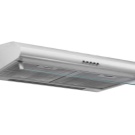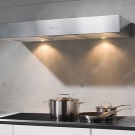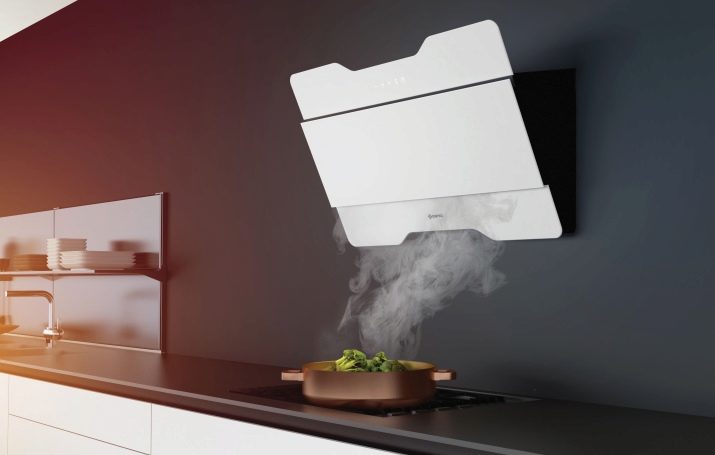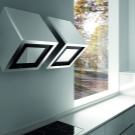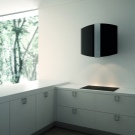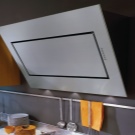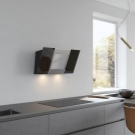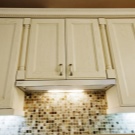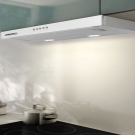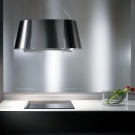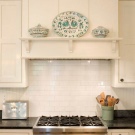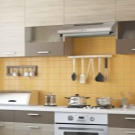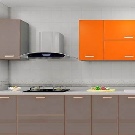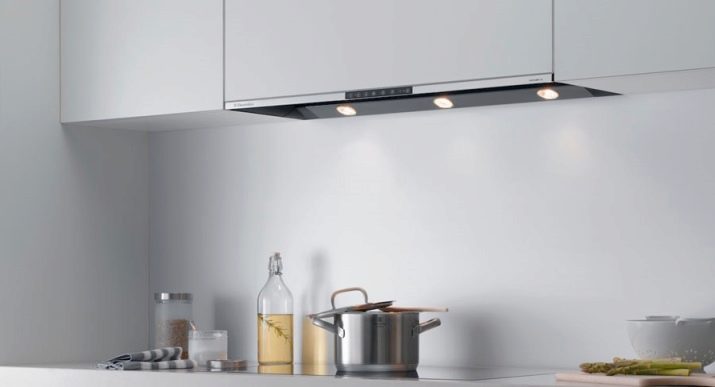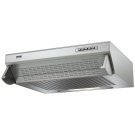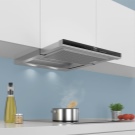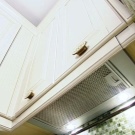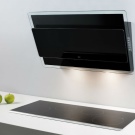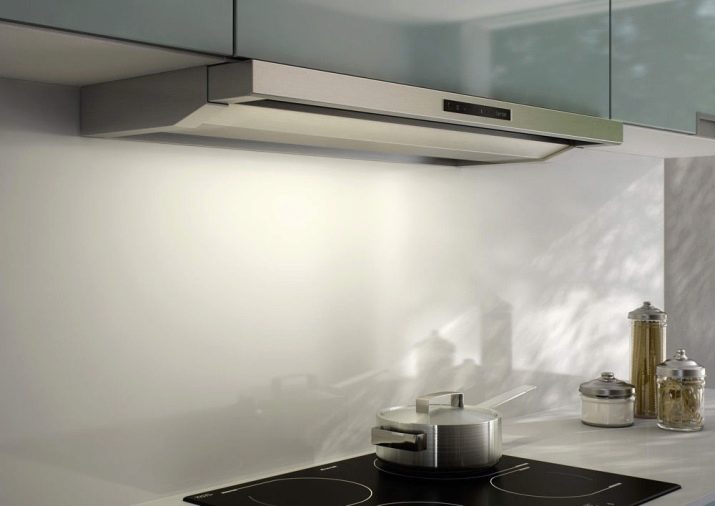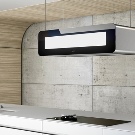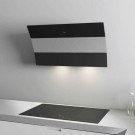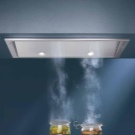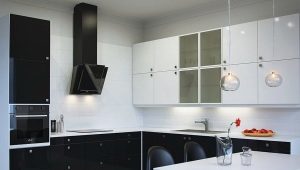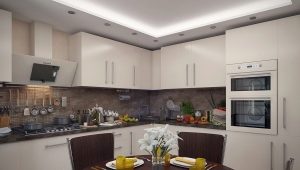Hood for kitchen without duct
The choice of kitchen hoods is as important as the choice of a hob or refrigerator: high-quality kitchen appliances last for years and allow you to create a concise and complete interior. In addition, the hood is one of the most functional and necessary items in the kitchen: it cleans the air from unpleasant odor or smoke, from the rich aroma when cooking, therefore, it is wise to consider its choice.
Dome models are becoming a classic among exhaust systems for the kitchen - they are voluminous and bulky for a small apartment and the most attractive for a spacious room. For a small kitchen, it is better to choose something low-key and less large-scale, for example, an exhaust hood for a kitchen without an air duct. Laconic rectangular models with a rather thin base and control panel are an ideal choice for a small-sized kitchen where it is important to create a comfortable working area.
How does it work
An exhaust hood for a kitchen without an air duct works according to a simple principle: a powerful motor draws air in and passes it through the filters installed inside, then releases it back to the kitchen. A kitchen hood without ventilation does not disturb the balance of the air in the room - this is considered one of its main advantages.
Such models are called recycling due to the aforementioned principle of their operation. The filter system inside the hood without air exhaust allows you to clean the incoming air from fat and other large particles due to the first stage of purification, after which the air passes the second stage of purification - from unpleasant odors. Such a model of the hood requires the use of a set of filters, as a rule, metal plates are used for the first cleaning stage and carbon filters for the second.
Replacing filters for kitchen hoods is done individually, depending on how often you use the hood in cooking and how much scale or fat is produced in the process. On average, carbon filters should be changed every 3-6 months of use of the hood, metal less often - once a year.
What are the types of models
There are only two types of recirculation hoods: a flat model and a built-in hood, which differ slightly from each other, but have some distinctive advantages.
A flat hood without connection to ventilation has a more voluminous body panel, an internal fan and a filter system; It has a compact size compared to the classic dome model and takes up less space in the kitchen. At the same time, the work of such an extract is decent: it sucks the air and filters it from small particles of plaque, fat, odor and releases it back. Installation of this model takes place under the kitchen cabinet; it is important that there is a socket near the hood.
The built-in model of the circulation hood has the same “stuffing”, but it is installed in the kitchen cabinet, leaving only the elegant control panel open to the eyes. By the way, it is not necessary to purchase a separate hood cabinet, it can be “hidden” thanks to an additional model in the main color of the kitchen. A telescopic system has become especially popular, which allows you to extend the hood for work and push it back in to complete the air intake.
Each of the models is found in sizes of 50 cm and 60 cm, that is, they are suitable for “fitting” into a standard-sized wall cupboard.
Advantages and disadvantages
Among consumers, there are different opinions about the use of hoods for the kitchen without an air duct: some of them act exclusively against such equipment and call it “useless” in the kitchen, others prefer modern models of hoods with coal filters and recirculation system.
Let's talk about the features of such hoods to form a preliminary opinion on their work:
- An exhaust without a pipe does not interfere with the air circulation in your kitchen and apartment as a whole, since the hole where the air outlet is usually installed is free. With an alternative system of operation of the hood, when the air vent is installed according to all the rules and regulations, but the hood is not included, the passage of air is difficult.
- The recirculation is light in its weight and small in size, which makes it easy to purchase the model you like and bring it home without selecting additional equipment for it, such as labor and fastening structures.A compact and lightweight hood without an air vent can be stored in any part of a small apartment and does not interfere with the completion of the repair.
- Installing such a model is simple: the hood is mounted in a cabinet (where there is no lower shelf) with simple tools and connected to the power supply system with electricity. At the same time, it is not necessary to purchase additional adapters.
- The pricing policy of recirculation hoods is lower than traditional domes and others that have an air vent. Of course, the price per unit of exhaust depends on the brand and its characteristics: size, power, a set of functions.
- Care for the hood is reduced to a minimum of effort: you should wipe its visible surface (panel) and promptly change the filters inside. By the way, it may be necessary to replace the bulbs on its panel, or the hood lights, and this is done extremely simply.
- A couple of words about the filtration system: it consists, as a rule, of two types of filters: carbon and metal. The coal ones change much more often than the latter, after 3-6 months they are simply removed and discarded. Metal filters can be washed - remove the accessory and rinse under the faucet or send to the dishwasher.
- An exhaust without a bulky pipe for exhaust air is ideal for a small kitchen or a room where the installation of the pipe itself will be much more expensive and more difficult (impossibility of installation, loss of attractiveness of the room). Often, the exhaust air recirculation system is chosen for the interior of the kitchen in the style of minimalism or high-tech, when you want to keep a laconic atmosphere and save space from unnecessary parts like a pipe.
Now we note the possible disadvantages of the electric model of the hood:
- Replacing the filters in the hood without an air vent is a task that requires execution in order to avoid disrupting the operation of the air cleaning system. To some, this may seem like an expensive procedure, others will note unnecessary obligations for themselves and prefer the traditional model. But in case of breakage, a small recirculation model is easier to inspect for breakage and repair than to sort out a large exhaust hood and its pipe in search of an answer to your question.
- There is an opinion that exhaust hood with recirculation copes worse with cleaning the air in the kitchen and especially in conditions of intensive cooking.This opinion is extremely wrong, it is important to observe the mode of replacing its filters and set the design correctly - down to the cooking surface.
- The design of the hood without a hood is monotonous - a rectangular, often horizontal design, without a fan and the ability to further transform the kitchen interior. The hood panel can be as narrow and thin as possible, the model can be visor with a heat-resistant glass element or have a familiar design. "Play" can color the hood - white, metallic, glossy or matte shade. The peak model of an extract is considered the most original of the presented range.
- Reviews of exhaust gas recirculation systems are ambiguous, someone is happy with their choice, others would prefer the traditional model. It is worth getting accustomed to such a system of air discharge, as it is a modern way of cleaning your kitchen from unpleasant and odor when cooking, and when choosing to stop paying attention to a proven brand and a good installer, which will allow the model to be functional.
How to choose?
That your choice was worthy and the model was functional,It is worth knowing a few nuances about choosing a hood without an air duct:
- Hoods vary in their performance, so it is especially important to consider this indicator. There is a simple formula that allows you to calculate the desired performance of a particular model: multiply the kitchen area by its height and multiply the result by 12 - the answer is ready. By the way, manufacturers of cooker hoods often write in the characteristics of the model about the size of the kitchen it is intended for, and the consultants in the appliance store will unmistakably help in such an intricate choice.
- The size of the hood is an important parameter; it is usually equated to the power of the model: the higher it is, the larger the hood itself and the more noisy it is in its work. If the kitchen is small and you cook less frequently, give preference to a smaller model and enjoy its measured and practically silent work.
- Choose the latest models of hoods: this will allow you to purchase a modern, possibly less noisy (up to 40 dB) and more functional model. Interestingly, there are models with remote control panel exhaust.
- Can't choose a model among brands? Remember what kind of kitchen equipment you have and rate how satisfied you are with it.Now think about the hood of the same brand or try the company Krona - a German manufacturer who specializes in the production of exhaust systems for the kitchen.
- The price criterion sometimes plays an important role when choosing a hood. Looking for an inexpensive but functional model? Choose flat hoods - they are more affordable than built-in models, and in terms of the quality of their work they are absolutely not inferior.
- Looking for an original model? Give away the fact that they have a small glass visor in front or one that is decorated unusually: with wood, ornament or interesting color solution.
Choosing a hood without a vent for the kitchen is easier than it seems, the main thing is to understand the principle of operation of such a system and assess how suitable it is for your kitchen. Such systems are used in the development of even the classic kitchen format, where size and laconic forms prevail, and it would seem that there is no room for a modest and barely noticeable model of an exhaust hood without an air vent. Sometimes the kitchen itself and its layout do not allow installing bulky structures, or the guests just want to keep the genuine air exchange in their home, then the very same recirculation hoods come to the exit.

